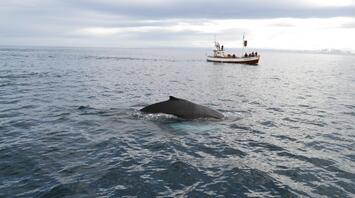Gray Whale Revival: A Global Shift in Eco-Tourism

Gray whales living in San Ignacio Lagoon, located in Baja California, Mexico, were once on the brink of extinction. Now, they actively interact with tourists, creating unique eco-tourism opportunities. Every year from January to April, thousands of these ocean giants migrate from the cold waters of the Arctic to the Mexican coast to breed.
These encounters with tourists are carefully managed to ensure the safety of both the whales and people. Tourists can observe the whales as they voluntarily approach boats, showing their curiosity towards humans. Thanks to strict regulations and limits, these interactions minimize the impact on the animals without disrupting their natural behavior.
For those seeking similar experiences, Alaska is an excellent destination for viewing humpback whales. Travelers can also visit Norway’s fjords, where orcas and humpback whales can be observed during their feeding season. In New Zealand, the Kaikoura region offers eco-tours with the chance to see sperm whales and other marine creatures.
Other popular whale-watching destinations include South Africa, particularly the Hermanus region. This area is known for allowing visitors to see southern right whales directly from the shore. Such tours allow travelers to experience the majesty of nature while leaving a minimal environmental footprint.
The increasing number of gray whales in San Ignacio Lagoon is a major achievement for conservationists and the tourism industry. A responsible approach to tourism not only allows people to enjoy the beauty of wildlife but also helps protect it for future generations. Eco-tourism is becoming a key tool for preserving natural resources and biodiversity on our planet.



















